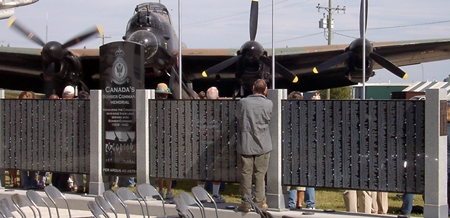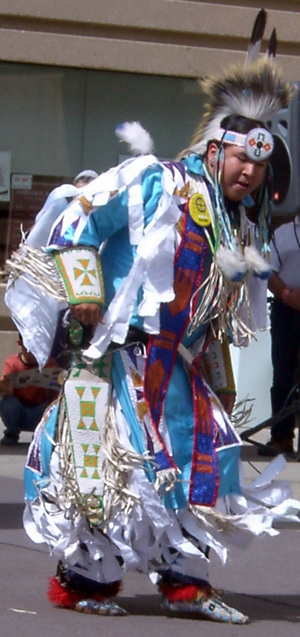 I was fortunate enough to show up at a derby demo earlier today, and I was impressed. Those girls are something else to see.
I was fortunate enough to show up at a derby demo earlier today, and I was impressed. Those girls are something else to see.
If you’ve ever watched a derby girl close-up doing her thing, you’ll fall instantly in love. Who else could be graceful, tough, agile and quick – not to mention good-looking – while banging out a member of the opposing team? How they keep it all together while slamming each other around a flat track is beyond me.

The costumes are outrageous. Torn fish-net stockings. Mini-skirts. Tank tops. Tube tops. Stay-ups. Make-up is grossly exaggerated to match the clothing – with a look from girl-next-door* to naughty* to virgin*.
Yes, they’re wearing elbow pads, knee pads, helmets and gloves while getting slammed onto the floor or into the railing. Not so tough, you think? Just watch them compare bruises before the match.
Did I mention that those girls can skate too?
In my next life, I want to date a derby girl. She’s got it all goin‘ on.
Oh, yeah, there were also some guys wearing skates, but who the hell cares about them?
*For characterization purposes only. I would never impugn the character of any woman, no matter how she appears.

 It was released fifty years ago, but Jack Kerouac had been paying his dues for a long time before that. I discovered On the Road on a library shelf when I was 12 or 13. I remember reading the first page there in the library — and I was transfixed; then taking it up to the desk to check out. Perhaps the librarian hadn’t read it, because back then it didn’t even warrant a concerned look from her. I wonder if that would hold true today.
It was released fifty years ago, but Jack Kerouac had been paying his dues for a long time before that. I discovered On the Road on a library shelf when I was 12 or 13. I remember reading the first page there in the library — and I was transfixed; then taking it up to the desk to check out. Perhaps the librarian hadn’t read it, because back then it didn’t even warrant a concerned look from her. I wonder if that would hold true today.


 Before the Egyptian pyramids, before Stonehenge, North American Indians drove buffalo herds to their death over prairie cliffs.
Before the Egyptian pyramids, before Stonehenge, North American Indians drove buffalo herds to their death over prairie cliffs.

 What buildings remained have been removed to Del Bonita, across the Milk River and 12 miles to the east, where a store and post office are in the same building and still serves the local area.
What buildings remained have been removed to Del Bonita, across the Milk River and 12 miles to the east, where a store and post office are in the same building and still serves the local area.